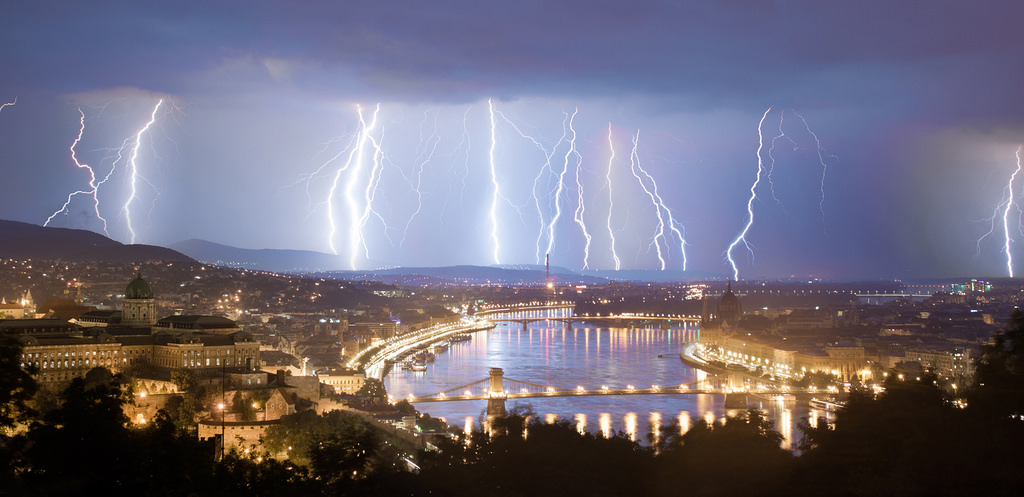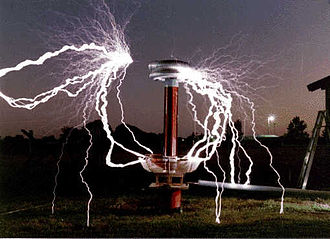
Harnessing Lightning Strikes
Lightning EnergyHarnessing Lightning Strikes Lightning Electricity Production Environmental Benefits Technical Summary “DID YOU KNOW”? ENERGY SOURCE ISSUESHarvesting Lightning Energy Challenges The ever-changing energy involved in each lightning bolt. Lightning is sporadic, therefore energy would have to be collected and stored. Difficult to convert high-voltage electrical power to the lower-volatage that can be stored. Impossibility of [...]
Read more




